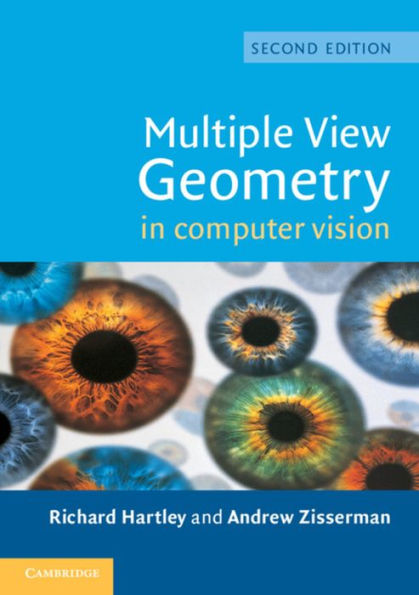5
1
9780521540513



Multiple View Geometry in Computer Vision / Edition 2 available in Paperback, eBook

Multiple View Geometry in Computer Vision / Edition 2
- ISBN-10:
- 0521540518
- ISBN-13:
- 9780521540513
- Pub. Date:
- 03/25/2004
- Publisher:
- Cambridge University Press
- ISBN-10:
- 0521540518
- ISBN-13:
- 9780521540513
- Pub. Date:
- 03/25/2004
- Publisher:
- Cambridge University Press

Multiple View Geometry in Computer Vision / Edition 2
$119.0
Current price is , Original price is $119.0. You
119.0
In Stock

Product Details
| ISBN-13: | 9780521540513 |
|---|---|
| Publisher: | Cambridge University Press |
| Publication date: | 03/25/2004 |
| Edition description: | New Edition |
| Pages: | 670 |
| Product dimensions: | 6.89(w) x 9.76(h) x 1.42(d) |
From the B&N Reads Blog
